10 Wheelchair-accessible Beaches in the U.S. — Including Sandy Shores in California, Virginia, and Florida
Here are 10 wheelchair-accessible beaches that provide ramps, beach wheelchairs, and more.
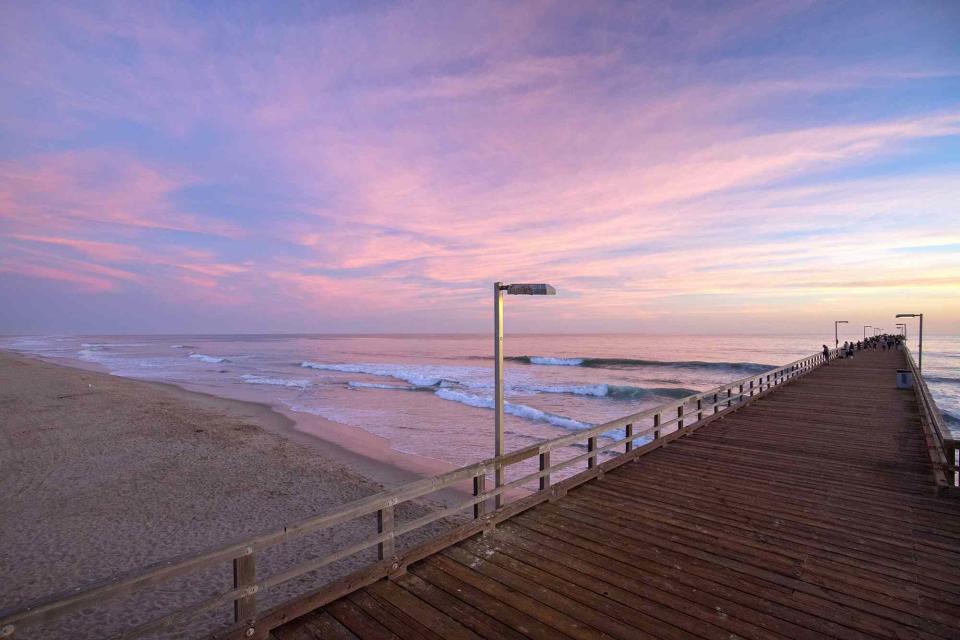
htrnr/Getty Images
Beaches aren’t naturally accessible to wheelchairs or other mobility devices, so it takes careful planning and some extra tools to make these areas wheel or walker friendly. But for the 25.5 million Americans who report they have travel-limiting disabilities (and their family and friends), the work is well worth it. After all, shouldn’t everyone be able to feel the sea breeze and dip their toes in the ocean?
To that end, several stretches of coastline have been modified to make a day at the beach a reality for those who rely on wheelchairs, crutches, walkers, canes, and scooters.
“Adding walkways over the sand (including Mobi-mats, which are portable rollout pathways), accessible ramps, and beach wheelchairs (wheelchairs with larger, wider wheels that can easily roll across the sand and into the water) are some of the numerous steps that have been taken to make beaches more accessible,” said Miriam Eljas, the CEO and co-founder of accessibleGO, an accessible hotel booking site that acts as a hub for information on accessible activities.
Eljas says that people with mobility limitations should research what the beach has in regard to accessibility features and check the accessibleGO community forum to see if anyone else has been to the beach they want to visit. “First-hand accounts are better than any information you will find online! And if you can’t find what you are looking for, feel free to add a question for the community to respond to,” she said.
Here are 10 accessible beaches in the United States, from Florida to California.
Related: 25 Best Beaches in the U.S.A.
Siesta Beach, Siesta Key, Florida
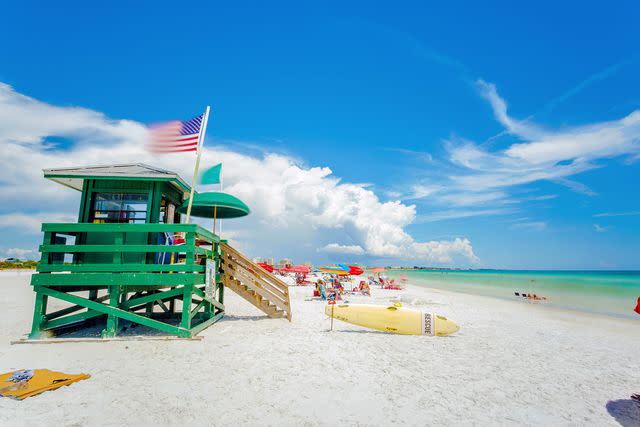
Pola Damonte/Getty Images
Siesta Key, located off the coast of Sarasota, is known for its white sandy beaches and warm, shallow waters. Siesta Beach, which was named the No. 2 beach in the U.S. by the 2023 TripAdvisor’s Traveler’s Choice Awards, isn’t just for those who can travel without a mobility device. According to Eljas, there’s a 400-foot walkway that stretches from the paved parking lot to the shoreline, so people using wheelchairs and walkers can actually reach the water. There are also free beach wheelchairs available to use.
South Cape Beach, Mashpee, Massachusetts
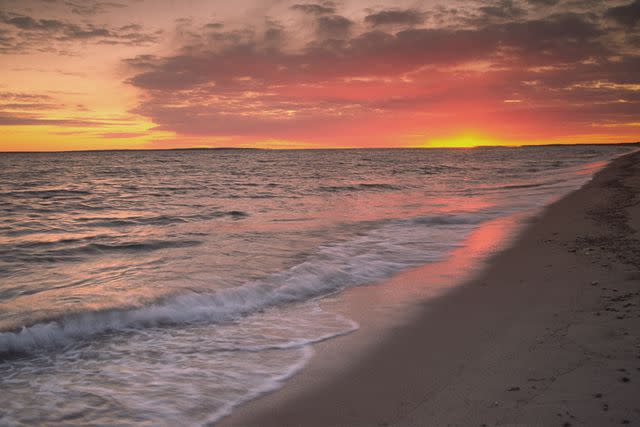
DenisTangneyJr/Getty Images
This beach in South Cape Beach State Park is one of Cape Cod’s most accessible sandy shorelines. There’s an accessible boardwalk and hard-packed paths onto the beach. The park also has beach mats and beach wheelchairs that can be taken down to the water. Accessible bathrooms and an observation deck round out the offerings.
North Myrtle Beach and Surfside Beach, Myrtle Beach, South Carolina

John Coletti/Getty Images
The Myrtle Beach area has 60 miles of sandy coastline and a famous boardwalk, much of which is accessible to people with mobility devices. Both North Myrtle Beach and Surfside Beach have free beach wheelchairs available, and there are several beach access points that were designed with wheelchairs, walkers, and scooters in mind.
Moonlight State Beach, Encinitas, California
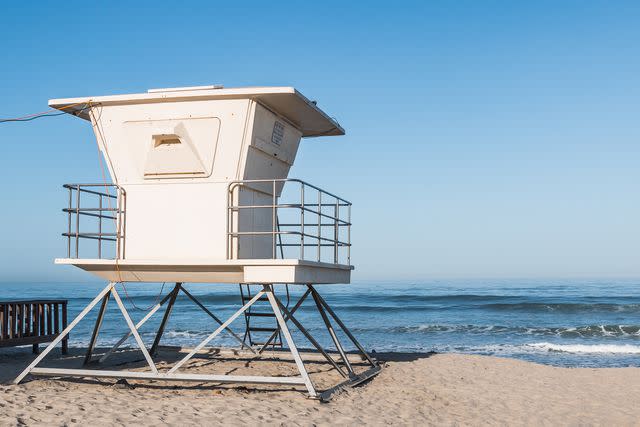
Sherry Smith/Getty Images
Between the cities of San Diego and Los Angeles is Encinitas, a city that’s home to Moonlight Beach, one of the country’s most accessible stretches of sand. According to Eljas, Moonlight Beach “offers an accessible mat all year around to accommodate wheelchairs and scooters on the sand” and is the only beach in the area that offers “free-floating beach wheelchairs that can navigate the sand and the water.”
Narragansett Town Beach, Narragansett, Rhode Island

mtcurado/Getty Images
Narragansett Town Beach is located in the heart of Narragansett and boasts some of the cleanest and most accessible shoreline in New England. In addition to large, accessible bathrooms and sand mats, the beach has seven wheelchairs built for the sand that are free to borrow.
Rialto Beach, Mora, Washington
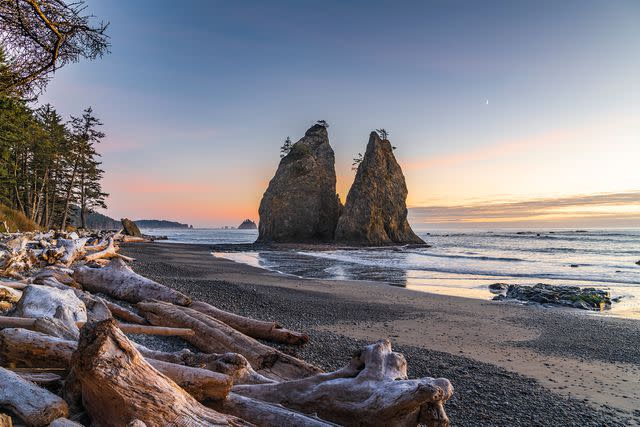
Francesco Vaninetti Photo/Getty Images
Rialto Beach is tucked within the expanse of Olympic National Park, a destination that offers people with mobility devices plenty of paved trails and accessible viewpoints. But the beach, which is outfitted with an accessible walkway in the summer, is not to be missed. Visitors of different abilities can ascend a sand dune via a pathway.
Hampton Beach, Hampton, New Hampshire
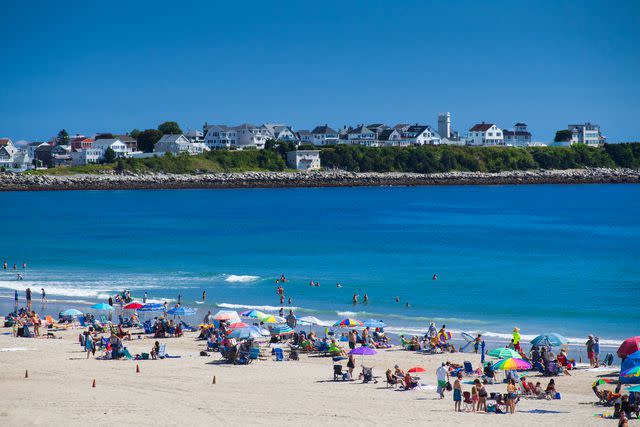
Walter Bibikow/Getty Images
The sprawling Hampton Beach State Park is a New Hampshire go-to, especially if you have mobility challenges and need support. There are access ramps and mats that can be used to get visitors across the sand, and according to Eljas, there are “beach wheelchairs that can be pushed across the sand and also float in the water.”
Kama’ole Beach Park, Kihei, Hawaii

Marlon Trottmann/Getty Images
Some of the best and most accessible beaches on Maui are found at Kama’ole Beach Park. There are three stretches of sand — Kama’ole I, II, and III. Head to Kama’ole I, which has an accessible water fountain, shower, and beach chairs, and Kama’ole II, which has a ramp to the sand and ADA parking and pathways.
Virginia Beach, Virginia Beach, Virginia
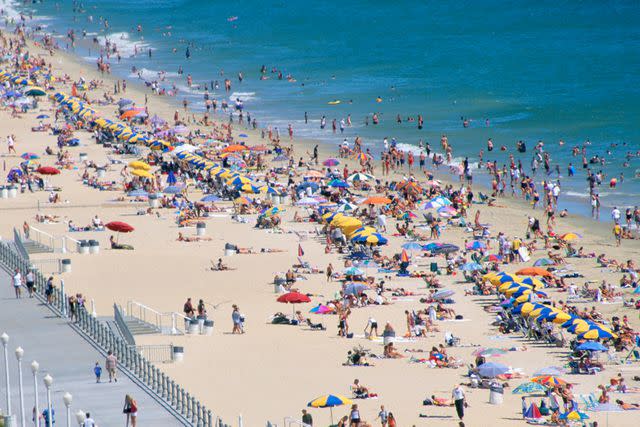
Mark E. Gibson/Getty Images
The city of Virginia Beach was ahead of its time when it started offering beach wheelchairs to visitors. Now, the beachfront and adjacent boardwalk make traveling around and getting out onto the sand much simpler. Ramps connect the boardwalk with the sand at each street, and there are free beach wheelchairs at 17th and 24th Streets.
Oxnard Beach Park, Oxnard, California
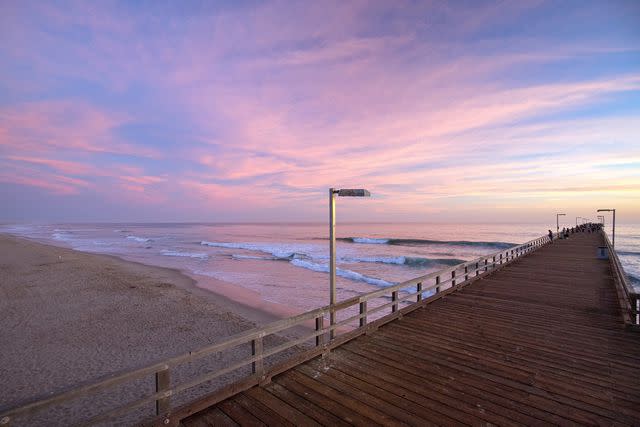
htrnr/Getty Images
Oxnard Beach Park, located northwest of Los Angeles, became one of the country’s first accessible beaches when it was created in 1992 as the brainchild of World War II veteran Ed Hunt. The 900-foot-long pathway that weaves along the area’s sand dunes and leads to the beach still welcomes people of all abilities today.
For more Travel & Leisure news, make sure to sign up for our newsletter!
Read the original article on Travel & Leisure.

